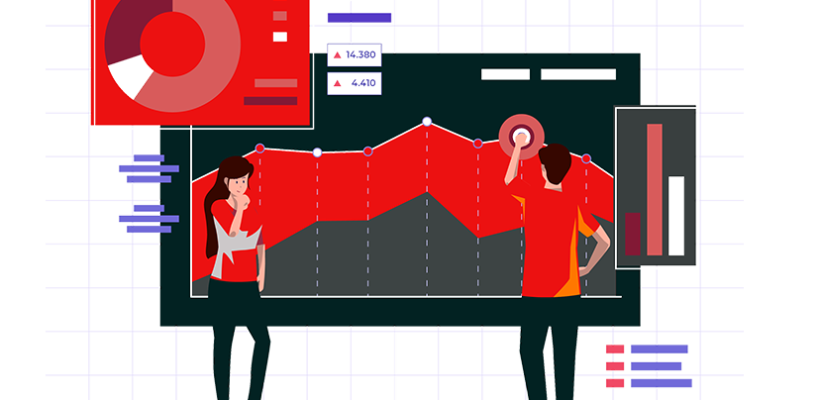One such transformative force is Human Resources (HR) software, a dynamic solution that has evolved beyond mere administrative facilitation into a key driver of organizational growth. This article delves into the multifaceted ways in which HR software can propel companies forward, fostering innovation, employee engagement, and strategic decision-making.
1. **Efficiency in Administrative Processes:**
HR software streamlines traditionally time-consuming administrative tasks, liberating HR professionals to focus on strategic initiatives. Automated workflows for payroll, attendance tracking, and leave management reduce errors and ensure compliance, laying the groundwork for a more efficient and productive workplace.
2. **Talent Acquisition and Retention:**
Attracting and retaining top talent is a perennial challenge for organizations. Advanced HR software enables sophisticated talent acquisition processes, from applicant tracking systems that identify the most suitable candidates to onboarding modules that ensure a seamless integration into the company culture. With features like performance analytics, organizations can also identify and nurture high-potential employees, fostering a culture of continuous growth and development.
3. **Employee Engagement and Satisfaction:**
The heart of any thriving organization lies in its workforce. HR software offers tools that enhance employee engagement and satisfaction, such as performance management systems, employee feedback mechanisms, and recognition platforms. By providing a holistic view of employee well-being, organizations can address concerns proactively and create a positive workplace culture that encourages collaboration and innovation.
4. **Data-Driven Decision Making:**
In the digital era, data is a powerful asset. HR software aggregates and analyzes vast amounts of employee data, offering insights into trends, performance metrics, and areas for improvement. This data-driven approach empowers leaders to make informed decisions, whether in workforce planning, talent development, or organizational restructuring.
5. **Compliance and Risk Mitigation:**
Staying compliant with ever-changing labor laws and regulations is a significant challenge for HR departments. HR software automates compliance processes, reducing the risk of errors and ensuring that organizations adhere to legal requirements. This not only mitigates potential risks but also fosters a culture of transparency and trust.
6. **Adapting to Remote Work Environments:**
The global shift towards remote work has been accelerated by recent events. HR software plays a pivotal role in adapting to this change by offering tools for virtual collaboration, performance monitoring, and communication. Cloud-based HR solutions enable seamless access to information from anywhere, promoting flexibility and maintaining productivity in diverse work environments.
7. **Workforce Analytics for Strategic Planning:**
Understanding the composition and dynamics of the workforce is crucial for strategic planning. HR software provides advanced analytics tools that help organizations forecast talent needs, identify skills gaps, and align their workforce with strategic goals. This foresight is invaluable for staying ahead in a competitive business landscape.
8. **Enhancing Employee Training and Development:**
Continuous learning is essential for employee growth and organizational success. HR software facilitates personalized training and development plans, allowing employees to acquire new skills and stay relevant in their roles. This not only boosts individual performance but also contributes to a more agile and adaptable organization.
9. **Cost Optimization and Resource Allocation:**
By automating repetitive tasks and optimizing processes, HR software contributes to cost savings. This enables organizations to allocate resources more efficiently, directing funds towards strategic initiatives, employee development programs, or technology investments that drive innovation.
10. **Cultivating a Culture of Innovation:**
Innovation thrives in environments that encourage collaboration, learning, and adaptability. HR software, by automating routine tasks and fostering a transparent and inclusive culture, provides the groundwork for innovation to flourish. When employees are empowered and engaged, they are more likely to contribute ideas and solutions that drive organizational growth.
In conclusion
HR software has evolved into a transformative force that goes beyond the traditional realms of administrative support. By optimizing processes, fostering employee engagement, and providing data-driven insights, HR software becomes a catalyst for organizational growth. In a landscape where adaptability and innovation are key to success, embracing advanced HR solutions is not just a strategic choice but a necessity for organizations aspiring to thrive in the future.





